Sergio Larraín - Gifted Gallery
- Lilium

- May 21
- 2 min read

Sergio Larraín Echeñique, born 5 November 1931, was a Chilean photographer. He is considered the most important Chilean photographer in history, making street photography, often of children, using "shadow and angles in a way few had tried before."
Larraín was born in Santiago, into one of Chile's wealthiest families. He surrounded himself with music, books, and paintings all his life because of his father, Sergio Larraín García-Moreno, who was an architect and a connoisseur of art who founded the Chilean Museum of Pre-Columbian Art. Larraín took up photography in 1949, and from then until 1953, he studied forestry at the University of California at Berkeley. He then attended the University of Michigan at Ann Arbor before setting off to travel throughout Europe and the Middle East. He became a staff photographer for the Brazilian magazine O Cruzeiro and in 1956 the Museum of Modern Art in New York bought two of his pictures.
In 1958, Larraín was given a grant from the British Council that allowed him to produce a series of photographs of London. The same year Henri Cartier-Bresson saw his photographs of street children and suggested that he work for Magnum.

Larraín spent two years in Paris, where he worked for international press titles. He became a Magnum associate in 1959 and a full member in 1961. He returned to Chile in 1961 when the poet Pablo Neruda invited him to photograph his house, which was later turned into the a book: A House in the Sand - Pablo Neruda and Sergio Larrain, 1969.
Photographs he took in Paris by Notre Dame Cathedral, which revealed scenes of a couple only upon processing, became the basis for his and Argentine writer Julio Cortázar's story, "Las Babas del Diablo" ("The Devil's Drool"), which in turn inspired Michelangelo Antonioni's 1966 film Blowup.

In 1968, he came into contact with Bolivian guru Óscar Ichazo and virtually gave up photography in 1972 in order to pursue his study of Eastern culture and mysticism, adopting a lifestyle in keeping with his ideals. He devoted himself to spreading knowledge of yoga, writing, painting in oils.
He retreated from public and professional life to live in a Chilean mountain village, Tulahuén, and at an even more remote refuge that he built. He also wrote and continued to make personal photography, including that of the Chilean port of Valparaíso. Sergio Larraín died 7 February 2012 at the age of 80.
Reading Recommendations & Content Considerations

Sergio Larraín













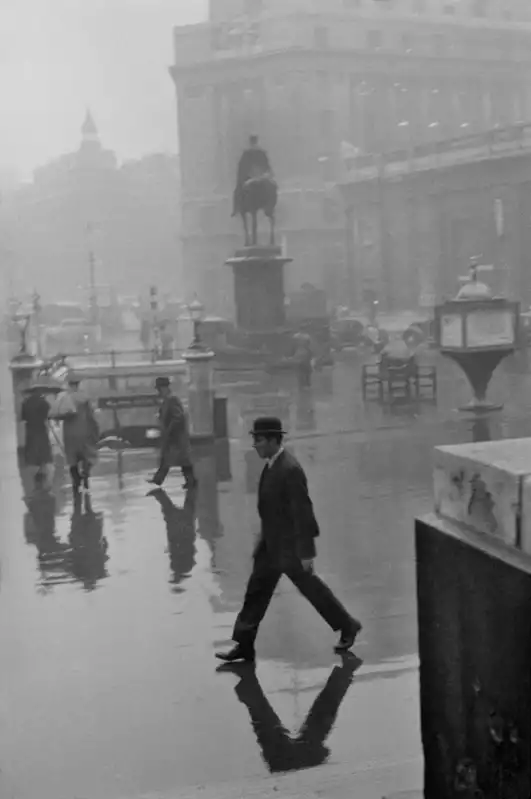


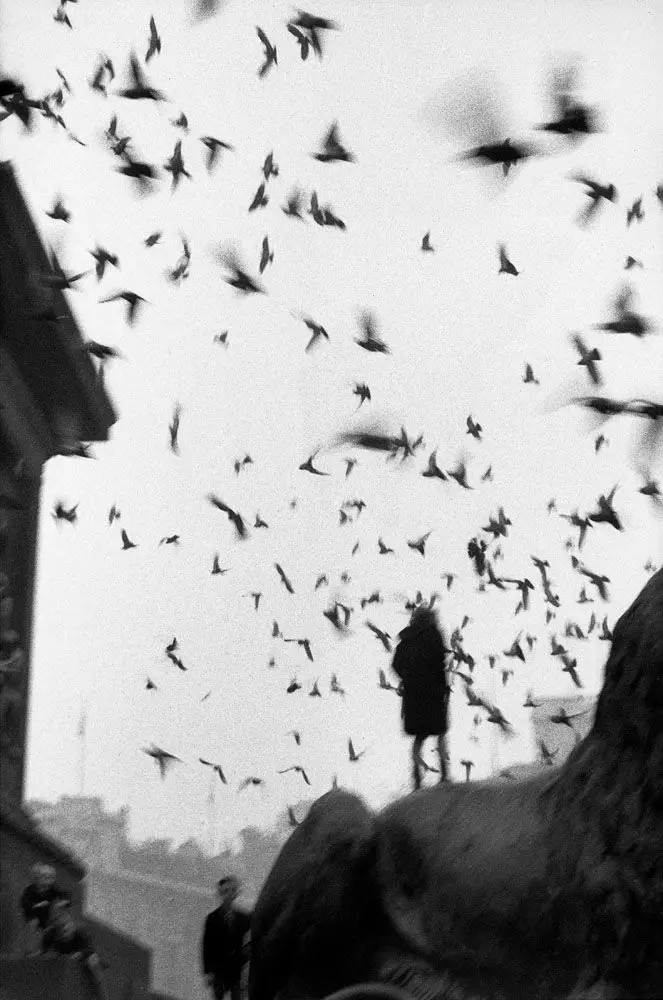




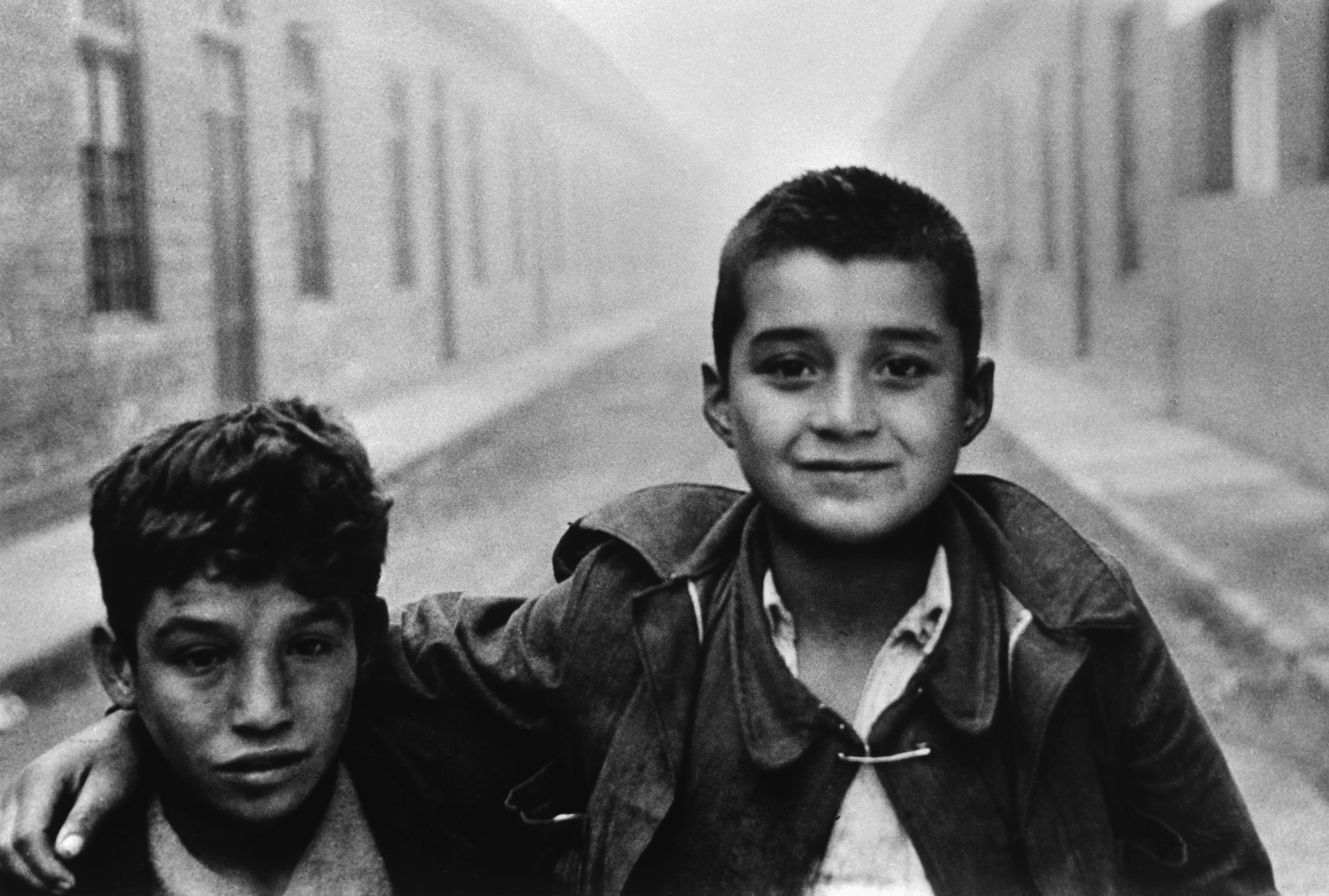


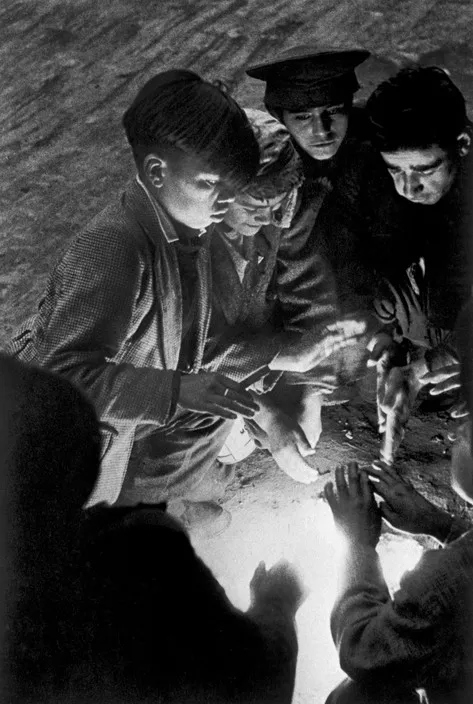




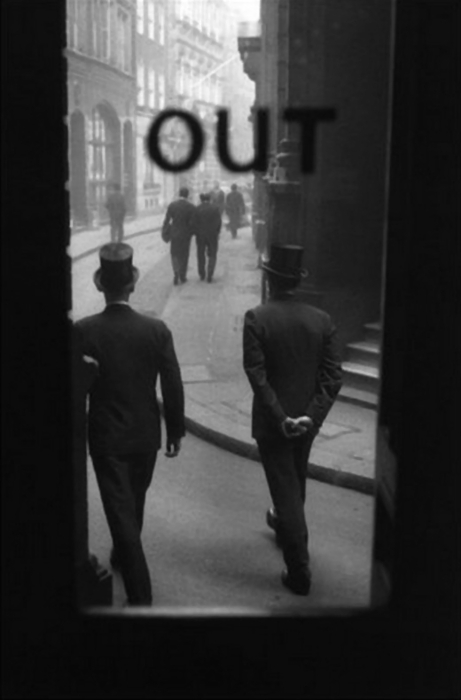





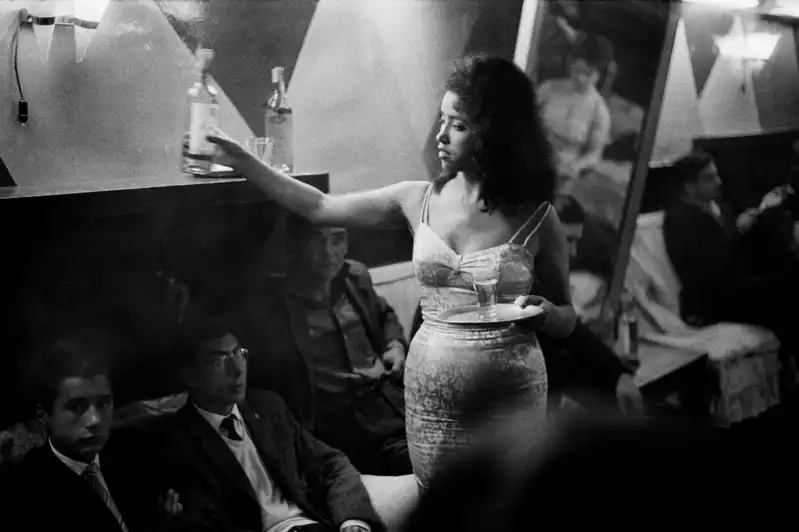
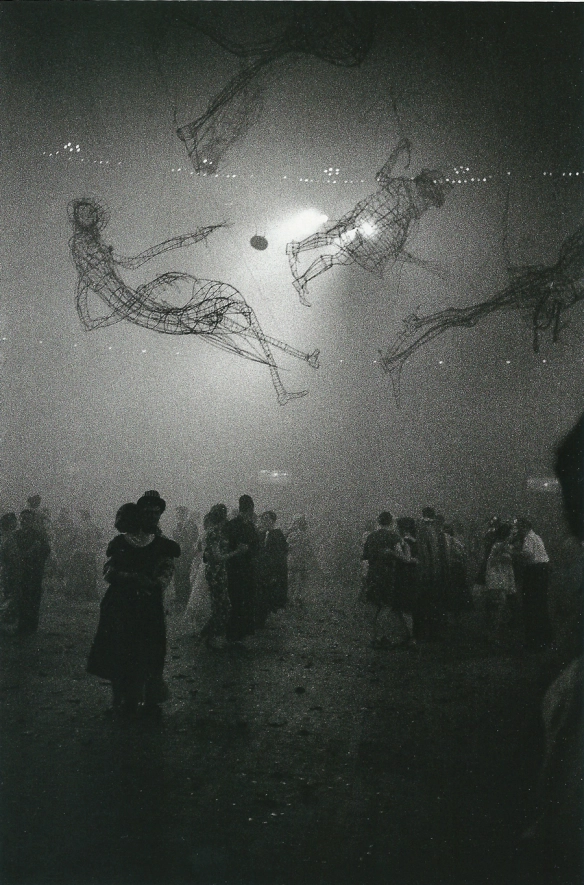




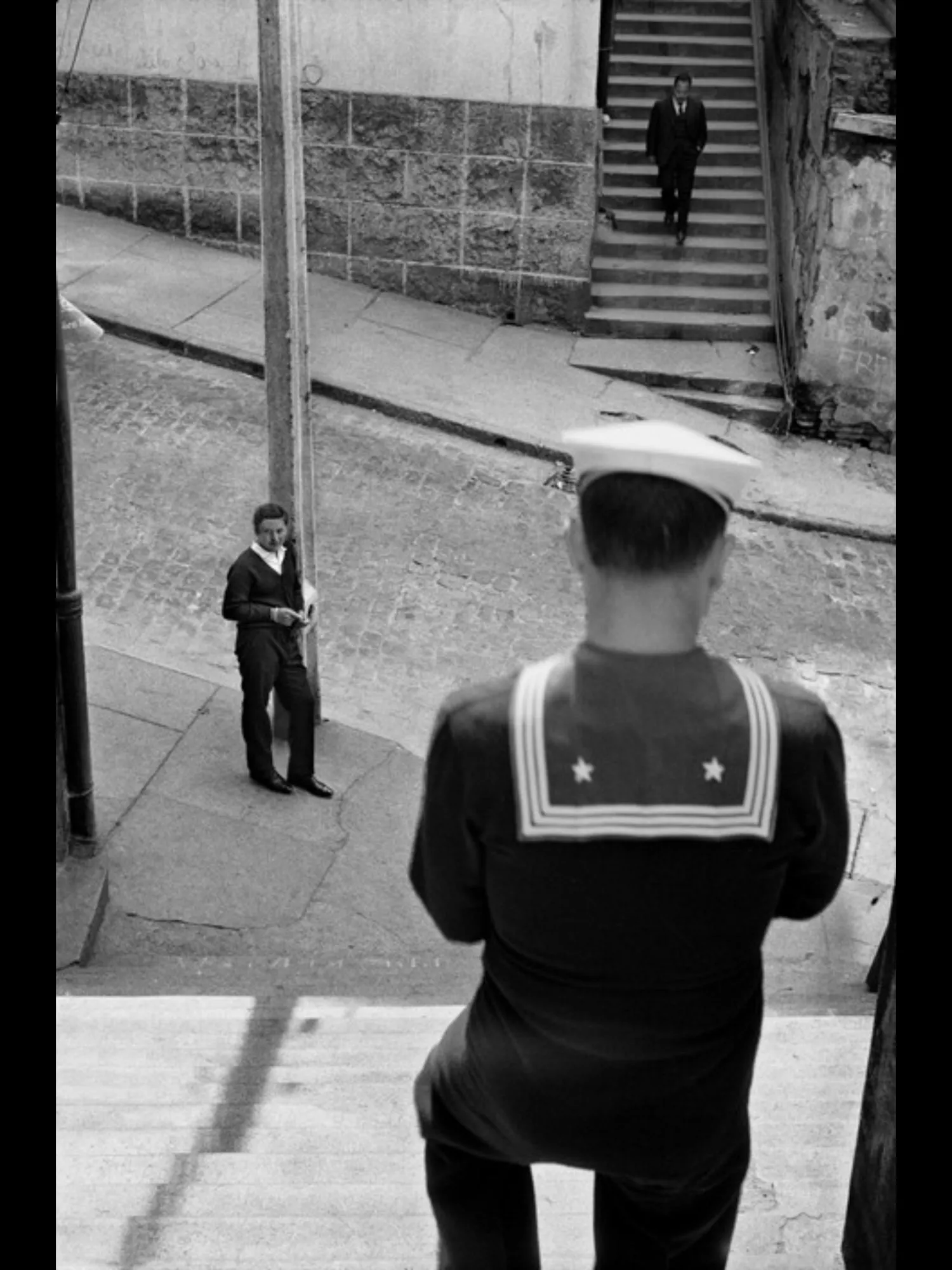


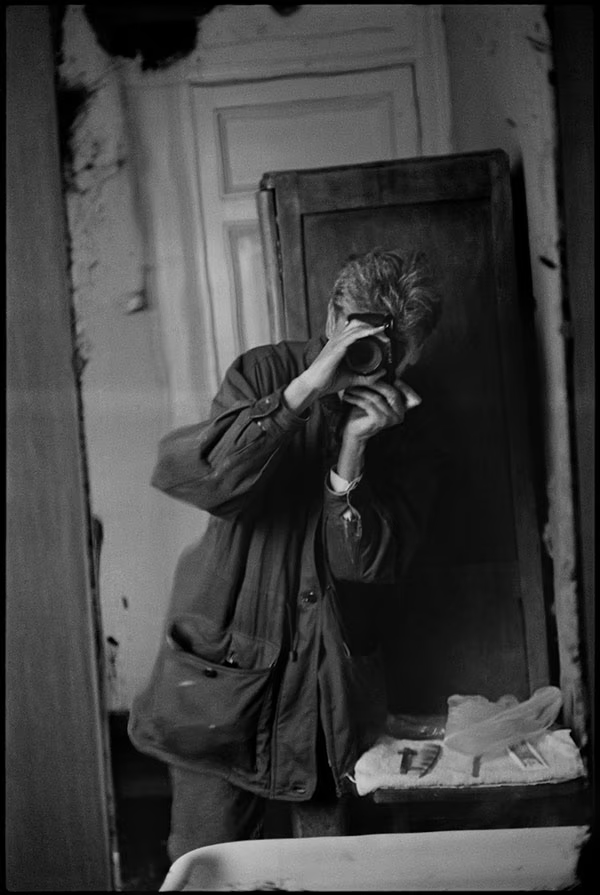
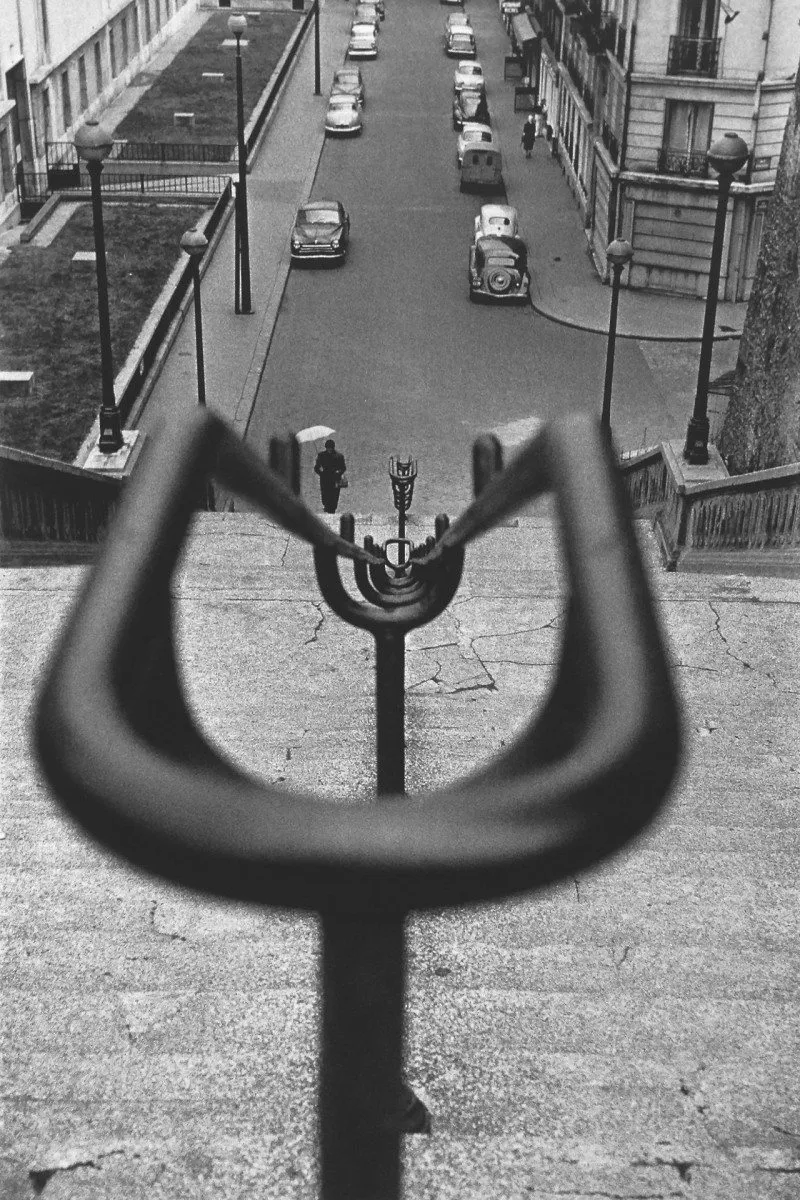





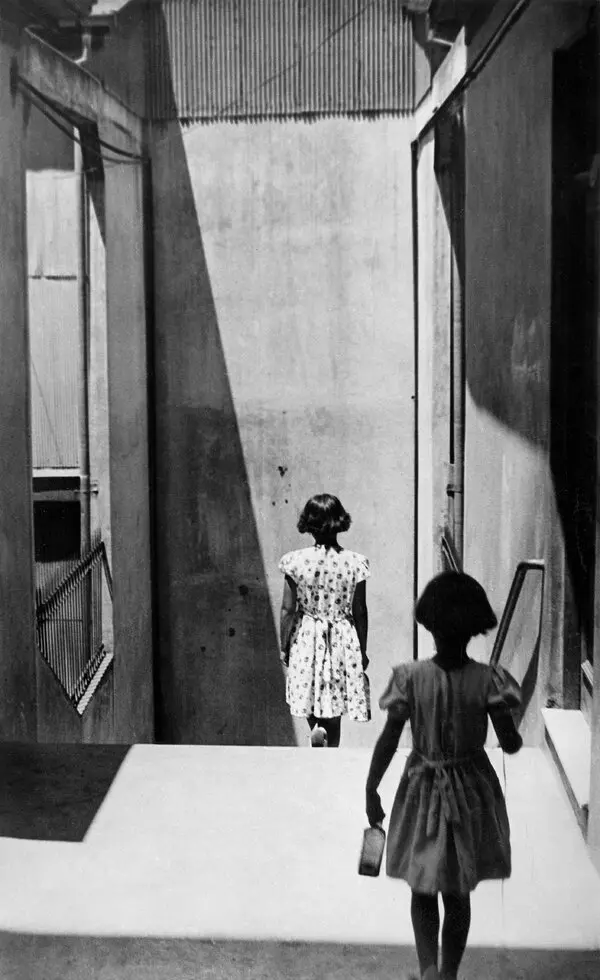
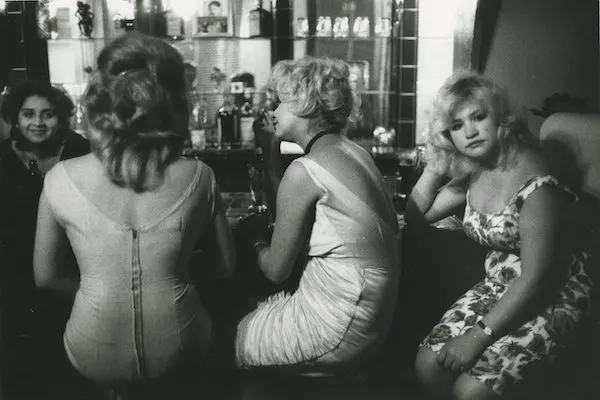
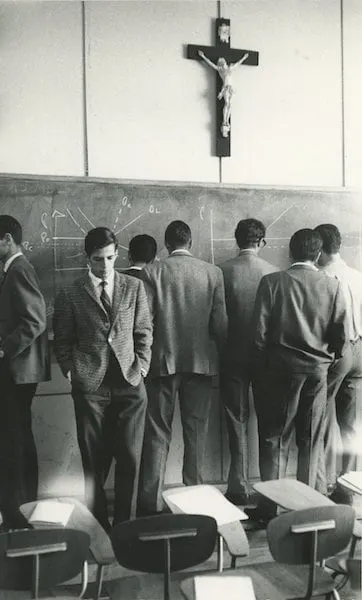
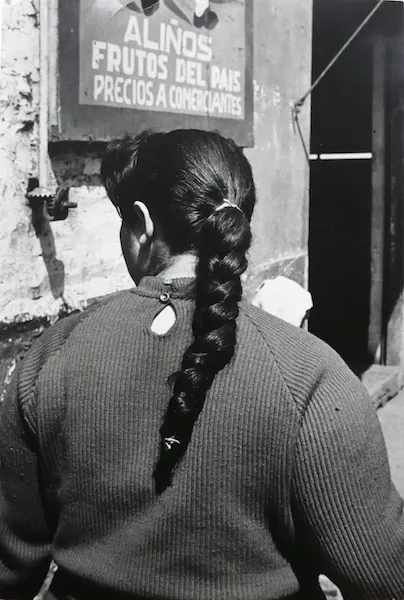


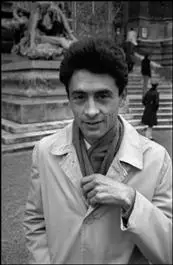














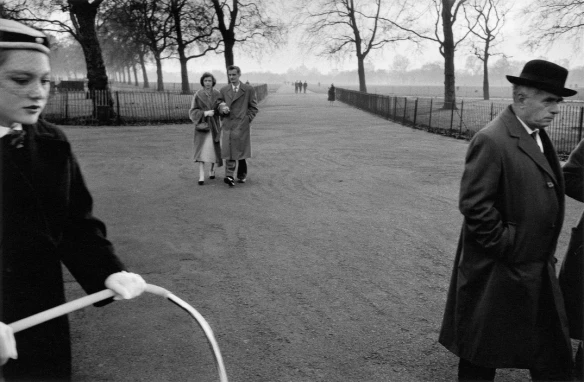













Comments